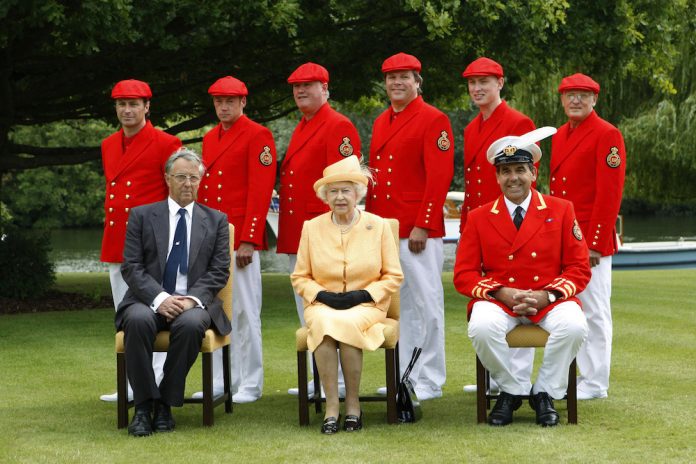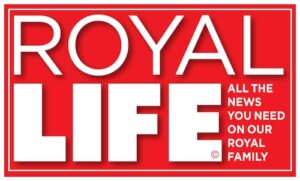
SWAN UPPING 2018
Swan Upping, the annual census of the swan population on the River Thames, has been announced today by The Queen’s Swan Marker, David Barber.
This year, Swan Upping will begin on Monday 16th July, departing from Sunbury Lock Cut, and will finish at Abingdon Bridge in Oxfordshire on Friday 20th July.
Announcing the schedule for Swan Upping, David Barber said:
“Last year saw a significant improvement in cygnet numbers compared to the last two years, with a total of 132 new cygnets on the River Thames. This uplift was welcomed after an outbreak of Avian Influenza at the start of the year.
“Floods and fast flowing water in April posed a further challenge – however some breeding pairs have now successfully rebuilt their nests.
“Throughout the year we have been delighted that members of the public have kept a watchful eye on so many of the nesting swans. It is encouraging to see how important the welfare of swans and their young cygnets are to so many people.”
Swan Upping aims to educate people about swan welfare and the need to protect our mute swan population. Several primary schools will therefore join for the journey up river, and have the opportunity to learn about the mute swan’s biology, the boats used and the Royal connection.
Local schools seeking further information about Swan Upping week should contact the Swan Marker’s office on 01628 523030 or email info@royalswan.co.uk.
The observation points and times are as follows (all times given are approximate):
Monday 16th July 2018
- Sunbury 09.00 – Departure point
- Shepperton Lock 10.15
- Penton Hook Lock 12.30
- Romney Lock 17.30
Tuesday 17th July 2018
- Eton Bridge 08.30 – Departure point
- Boveney Lock 09.30
- Boulters Lock 12.00
- Cookham Bridge 13.00
- Marlow Lock 17.00
Wednesday 18th July 2018
- Marlow Bridge 09.00 – Departure point
- Hurley Lock 10.30
- Hambleden Lock 12.00
- Henley Town 13.30
- Marsh Lock 15.30
- Shiplake Lock 17.00
- Sonning Bridge 18.00
Thursday 19th July 2018
- Sonning-on-Thames 09.00 – Departure point
- Caversham Lock 10.15
- Mapledurham Lock 12.15
- Goring Lock 17.00
- Moulsford 18.00
Friday 20th July 2018
- Moulsford 09.00 – Departure point
- Benson Lock 10.15
- Clifton Hampden Bridge 13.00
- Culham Lock 16.15
- Abingdon Bridge 17.00
The ceremony of Swan Upping takes place during the third week of July every year. Swan Upping dates from the twelfth century, when The Crown claimed ownership of all mute swans which were considered an important food source for banquets and feasts. Today The Crown retains the right of ownership of all unmarked mute swans in open water, but The Queen mainly exercises this right on certain stretches of the River Thames and its surrounding tributaries. This ownership is shared with the Vintners’ and Dyers’ Livery Companies who were granted rights of ownership by The Crown in the fifteenth century.
The Queen’s Swan Marker and the accompanying Swan Uppers of the Vintners’ and Dyers’ Livery Companies use six traditional Thames rowing skiffs in their five-day journey upstream to Abingdon. By tradition scarlet uniforms are worn by The Queen’s Swan Marker and Swan Uppers, and each boat flies the appropriate flag and pennant. On occasion, The Queen has travelled up the River Thames to witness the historic ceremony.
It has always been the duty of the Sovereign’s Swan Marker to count the number of young cygnets each year and ensure that the swan population is maintained. The cygnets are weighed and measured to obtain estimates of growth rates and the birds are examined for any sign of injury, commonly caused by fishing hook and line. With the assistance of The Queen’s Swan Warden, Professor Christopher Perrins of the University of Oxford, the swans and young cygnets are also assessed for any signs of disease. The cygnets are ringed with individual identification numbers by The Queen’s Swan Warden. The Queen’s Swan Marker produces an annual report after Swan Upping detailing the number of swans, broods and cygnets counted during the week.
The Queen’s Swan Marker also advises organisations across the country about swan welfare, gives presentations to local schools and charities, and monitors the health of the local swan population. The Queen’s Swan Marker works closely with swan rescue organisations, supervises the rescue of sick and injured swans and advises fishing and boating organisations about how to work with wildlife.









